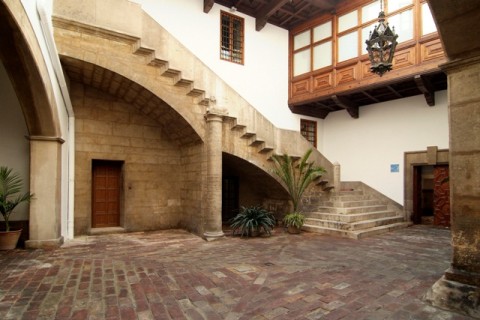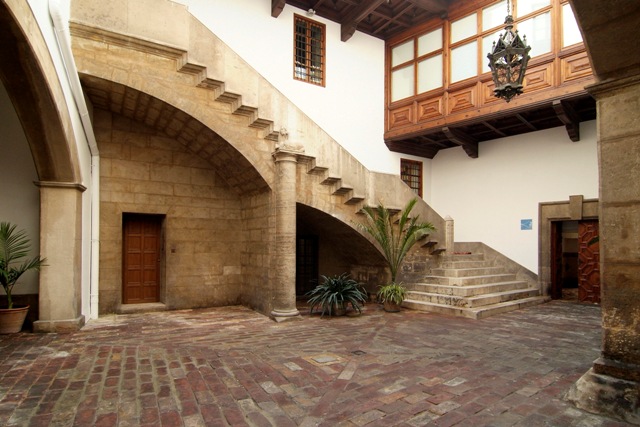The Borgia family was loved and hated throughout history, but one thing is certain, they were difficult to ignore.
They produced two Popes: Callixtus III, 1455–1458 and Alexander VI, 1492–1503, they were suspected of many crimes, including adultery, simony, theft, bribery and murder (especially murder by arsenic poisoning). Among their enemies were such important families as the Medici and the Sforza,
Alexander was probably the most interesting and certain to be an interesting conversationalist at the dinner table; while a Cardinal, he maintained a long-term illicit relationship with one Vanozza dei Cattanei, with whom he had four children: Giovanni, Cesare, Lucrezia and Gioffre. As a sharing kind of man, he also had children by other women, including one daughter with his mistress, Giulia Farnese.
He was criticized during his reign for the sale of Church offices (simony), lasciviousness, and nepotism. Nevertheless, he was a family-loving man; he appointed his son, Giovanni, as captain-general of the papal army and made Cesare a cardinal.
Cesare didn’t make Pope, but he was suspected of murdering his brother Giovanni. Lucrezia was engaged to two Spanish princes before the age of 13, and she married Giovanni Sforza in 1493 at the age of 13, her first of three marriages. She was rumoured to be a notorious poisoner, believing apparently that a woman’s place is in the kitchen; boiling snakes and spiders.
The Borgias are said to have hosted orgies in the Vatican palace, including some with fifty courtesans in attendance.
One of their properties in Valencia was The Malferit Palace, in Calle caballeros. The Palace has an interesting history; the plot was originally donated by King Jaime I when he conquered Valencia to the Conde de Mercader, who built a palace on what is now Calle Caballeros 20 and 22. It has undergone various transformations, while retaining an elegant style of bygone days, and now houses a museum with the biggest collection of toy soldiers in the world.
It was also once the home of the Archbishop of Valencia, so no doubt the Borgia demons have long since been exorcised, although like any self-respecting historical building, it has a ghost, who loves nothing more than to move the toy soldiers around, no doubt reliving the glories of former battles.
The palace is now available for private functions and offers various spaces for a variety of uses.
The Gothic patio, presided over by a mutilated unicorn (making the name Malferit-badly wounded- all the more appropriate) is one of the best but lesser known examples of a Mediterranean Gothic patio in existence today. Its staircase has a special charm, sought after by photographers.
It’s an ideal location for glamorous cocktail parties, suppers and company presentations for numbers of up to a hundred.
The Patio de los Arcos (Arches) is a larger space with white walls and flowers and plants, where the scent of jasmine makes any event special. 150 people can participate comfortably in all kinds of events here, and should the weather turn bad, part of the patio is covered.
The two patios are connected and can be used jointly for events of up to 250 people.
The Tapestry Room is the main space for celebrations with a décor like that of the great Gothic palaces of Valencia, such as La Lonja or the Generalitat Palace, with tapestries from the Royal factory and Flanders, although the most impressive element is indubitably the enormous Japanese vases in the Satsuma style that belonged to the last Spanish Viceroy to the Philippines.
Despite its elegance and antiquity, the room has all the latest technology needed for presentations and events.
The Wooden Room is a smaller space next to the Tapestry Room, where in olden days Valencian merchants and businessmen would meet to seal their deals in a hazer of cigar smoke and the aroma of the finest brandies.
Again, like the patios, the two rooms can be joined together for a single event with up to a hundred people.
For further details, contact: Concha Monsell 608 585 408





